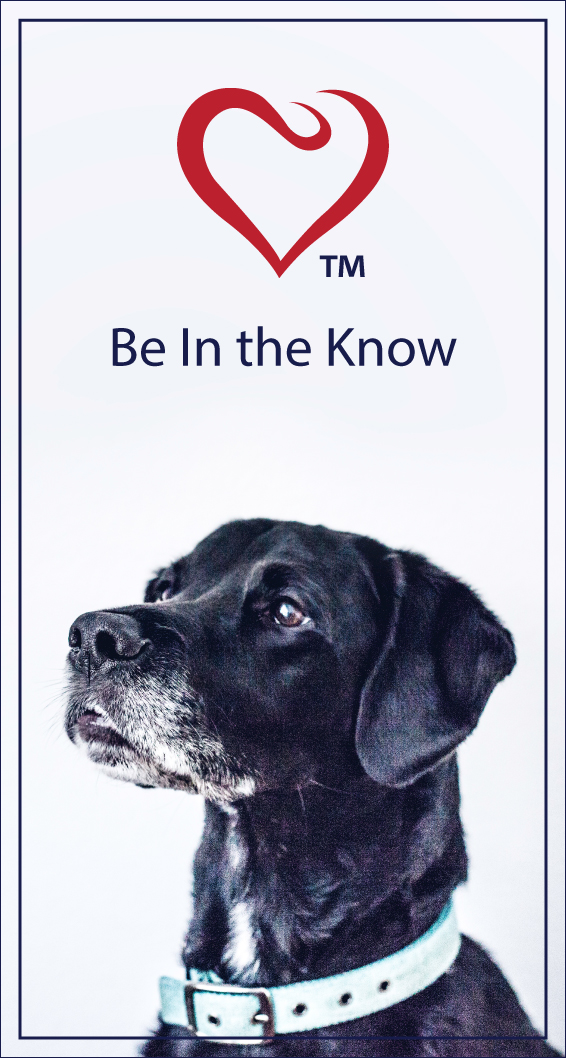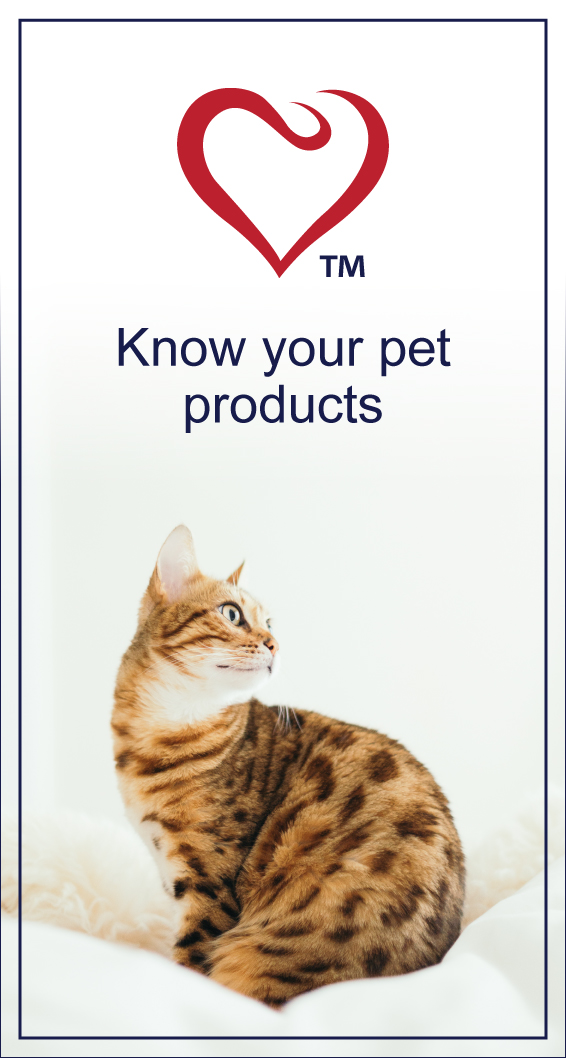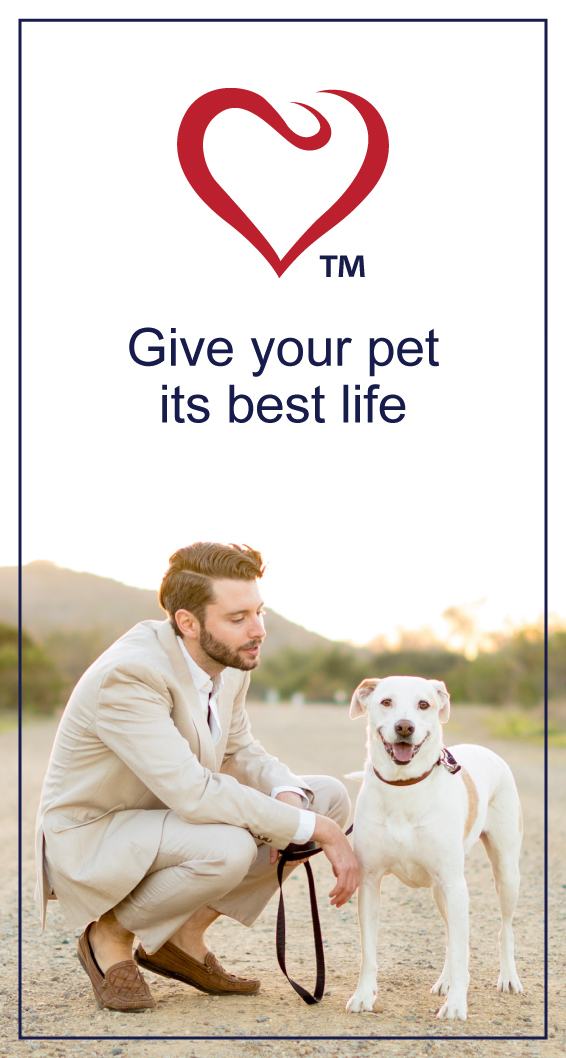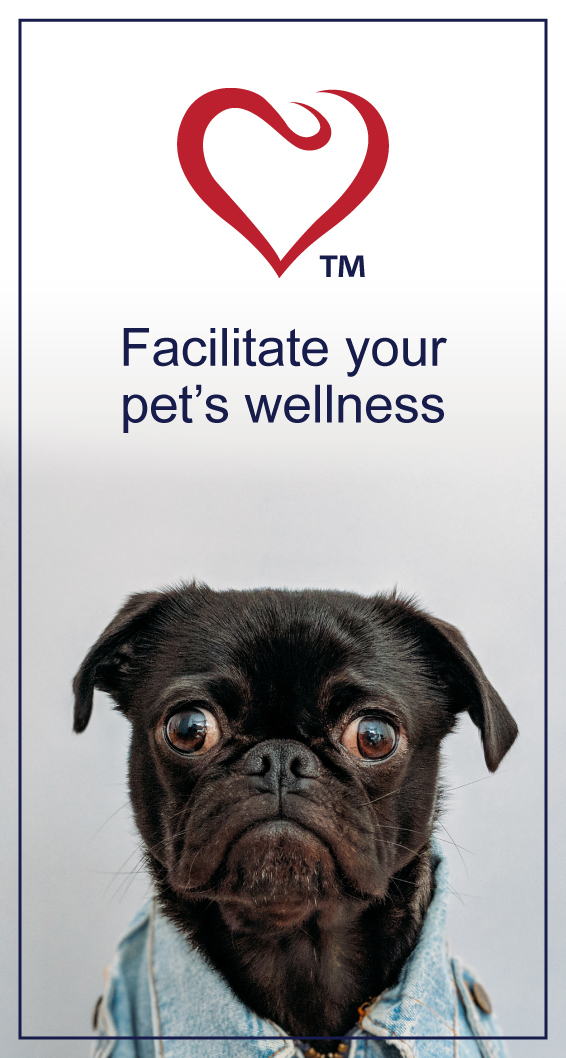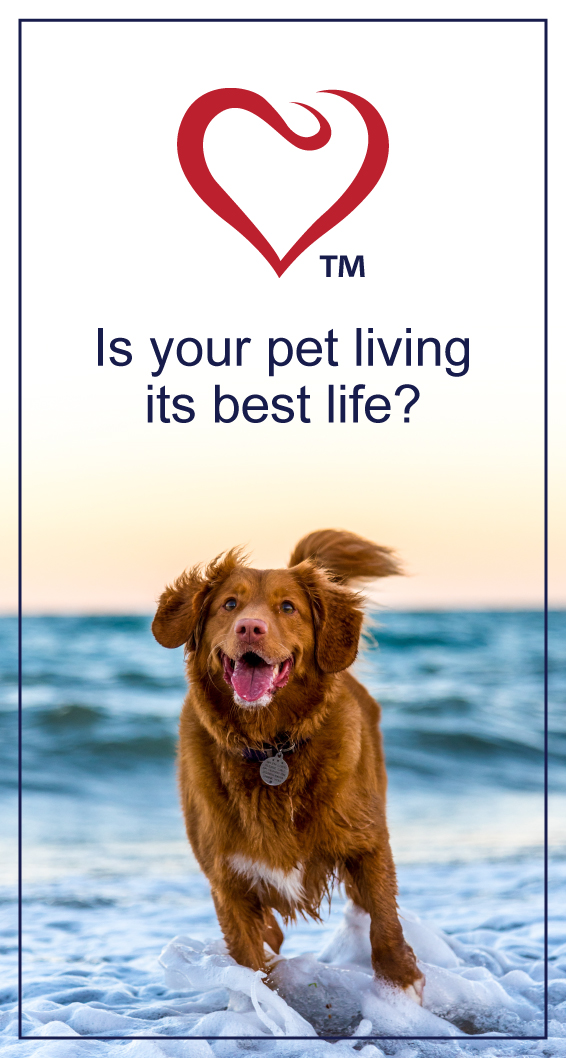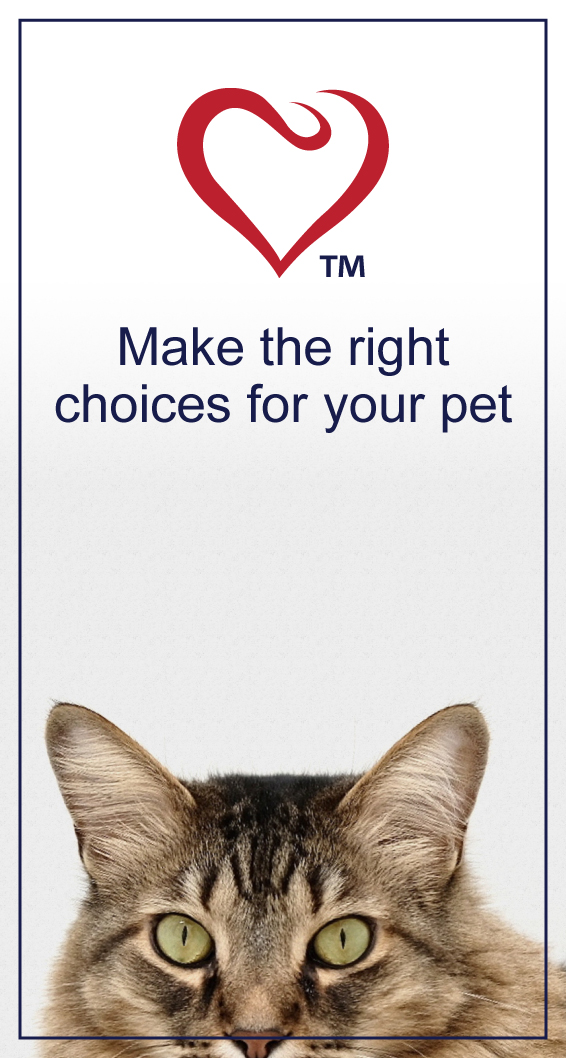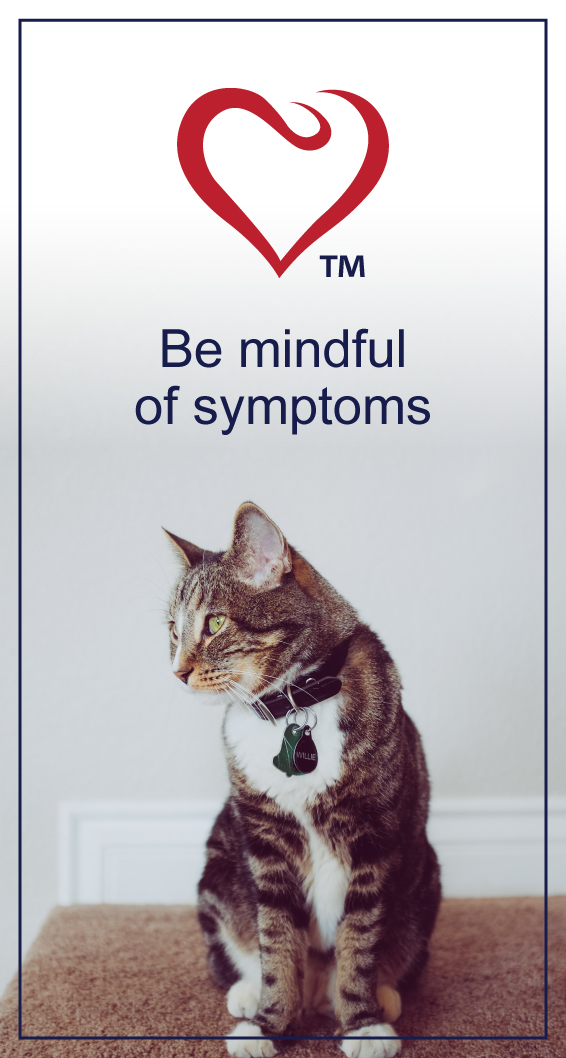
TRENDING
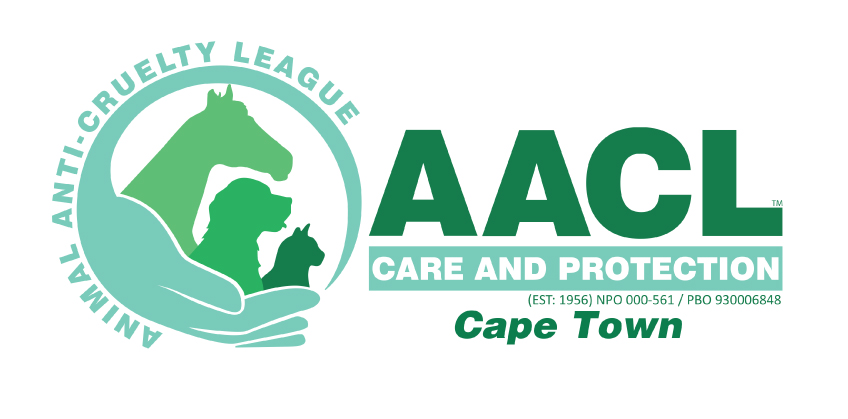
We’re excited and honoured to feature South Africa’s second largest independent animal welfare organisation on PetlifeSA.
Anal Gland Problems In Dogs
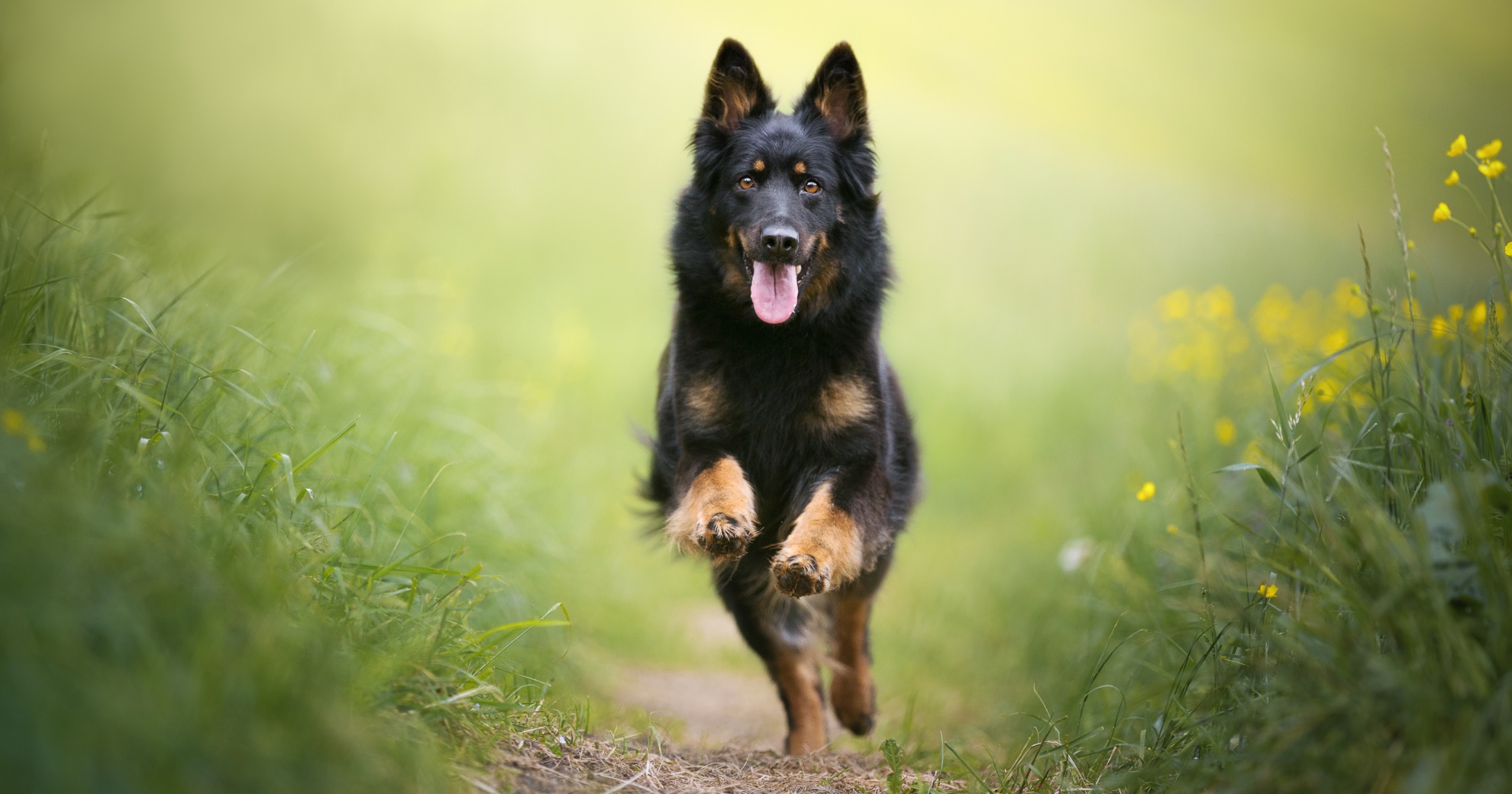
Small dog breeds and overweight dogs seem to be particularly prone to anal gland problems, but it can affect larger breeds as well.
WHAT ARE THE ANAL GLANDS?
Located on either side of the rectum are two intermuscular collapsible bodies known as the anal sacs or anal glands. The walls of the sacs are lined with tiny sebaceous glands that produce tiny quantities of potently foul-smelling (to us) exudate. The anal sacs are essential to your doggies’ social interactions because they emit scent signals that are complex and, for other dogs, rich in information about their health, condition, sex, and seniority. Knowing this helps the sniffer establish an instant, if temporary, familiarity with the sniffee. The importance of this is that it regulates dogs’ social behaviour and is critical to how they operate in doggy world.
ANAL GLAND DYSFUNCTIONS
Healthy anal glands are naturally emptied every time your dog makes a pooh. The pressure on the glands expresses the small amount of sac contents without any fuss.
Anal gland ducts can become blocked either because they are narrow (especially in small breeds) or because impaction has occurred due to weak bowel movements producing small stools that cannot exert sufficient pressure to clear the glands. Overweight, sedentary small dogs and chronically constipated larger ones are the most likely candidates to suffer from blockages.
INDICATORS
If you notice your pup straining to excrete or constantly licking and scraping its hindquarters on the ground, it could be in discomfort from inflamed anal glands. On inspection, you’ll find these swollen and probably tender to the touch. (Need I mention that latex gloves are a good idea?)
If you are concerned that this may be the case, what should be done?
TREATMENT
The treatments fall into two categories depending on severity. The first is to apply sufficient manual pressure to clear the ducts followed by flushing with an antiseptic. This should usually be sufficient to clear up milder cases. The second is to follow up with antibiotic treatment for the dog if an infection has taken hold.
If dealing with this problem yourself is too much to stomach, many dog groomers will do the job or, as a last resort, your veterinarian’s assistant will be competent to conduct the operation, especially if the problem has progressed to stage two and there is an infection.
DON’T IGNORE THE SIGNS!
The consequences of blockages that get cleared up quickly are often restricted to mild discomfort. Unfortunately, if the blockage isn’t cleared naturally and an aggravated condition arises, veterinary treatment is essential. Any sign of persistent swelling and pus appearing at the gland openings should be regarded as medically dangerous and treated accordingly.
PREVENTION
Simply put, bulkier, more solid stools are the answer. Making sure that your dog’s diet is rich in fibre is the simplest, cheapest, and healthiest option. This, along with plenty of exercise and weight management should ensure that your beloved pooch never experiences the discomfort and indignity of having their smell signalling equipage not working properly.
The contents of this post are for informational purposes only and do not constitute professional medical advice. To have your pet’s condition accurately diagnosed, kindly see your veterinarian.
